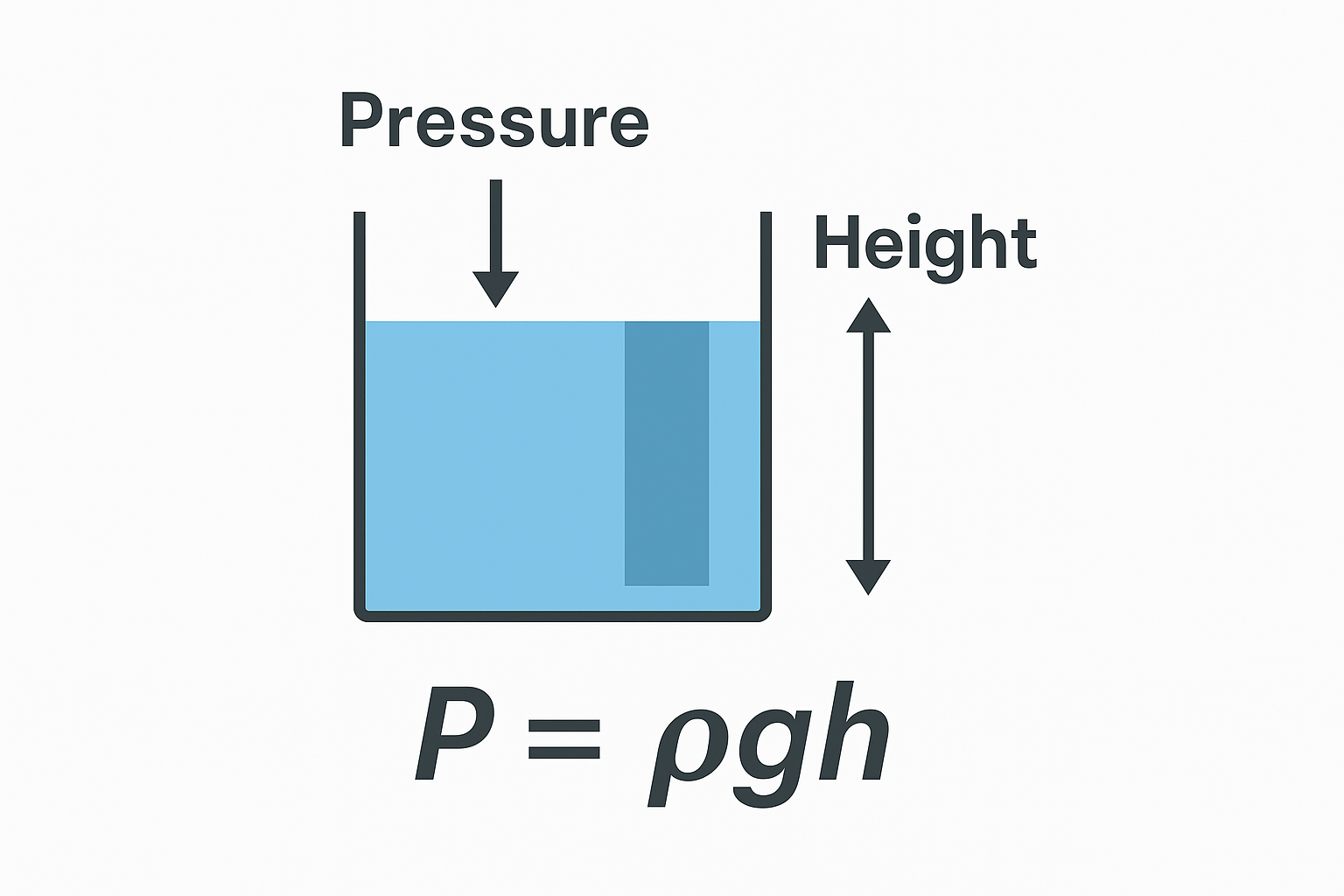As the flood season approaches, effective water level monitoring becomes a critical concern for cities. To enable intelligent flood prevention and precise monitoring, the use of pressure sensors is essential.
🌧️ Early Rainfall Warning
In urban areas prone to flooding, pressure sensors are installed in stormwater pipelines to monitor water levels. Once the water level inside a drainage well exceeds a warning threshold, the system immediately issues an alert. This allows emergency response teams to take prompt action and prevent hazards.

⚙️ Automated Pump Control Based on Water Level
Through an integrated monitoring system, drainage operations can be automated based on real-time water levels. For example:
When the water level reaches 1.3 meters, the system activates one pump.
At 1.5 meters, two pumps are engaged.
If the water level rises to 1.8 meters, a high-level alarm is triggered.
Once the water level drops to 0.7 meters, the system automatically shuts off the pumps.
This type of intelligent control helps manage floodwater efficiently without requiring manual intervention.

🛣️ Monitoring Low-Lying Areas and Tunnels
After heavy rainfall, low-lying roads and underpasses are especially susceptible to water accumulation. To address this, cities deploy pressure sensors and cameras to monitor key infrastructure like pump stations and substations. These devices are integrated into a centralized electromechanical monitoring system, often referred to as a “smart facility manager,” which ensures timely response and reduces flooding incidents.
📐 Pressure Sensors for Liquid Level Measurement
There are many methods to measure liquid levels, and pressure-based measurement is one of the most widely used. Pressure sensors are primarily designed to detect the pressure of gases or liquids. By leveraging the physical relationship between liquid pressure and height (P = ρgh), they can accurately infer the water level from the measured pressure. This makes pressure sensors a cost-effective and reliable solution for water level monitoring in flood prevention systems.

Conclusion
As urban infrastructure becomes increasingly intelligent, pressure sensors are proving to be indispensable tools for real-time flood monitoring and response. Their application helps cities navigate the flood season with improved safety, efficiency, and resilience.
